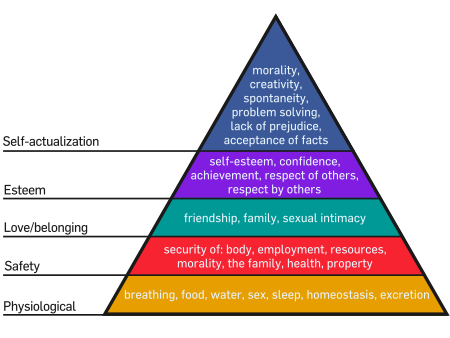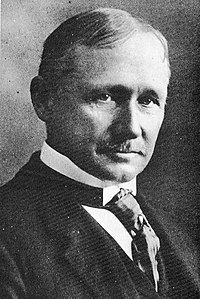Meaning. Daniel Pink argues that people attempt to find meaning in their lives. ”We are born for meaning, not pleasure, unless it is pleasure that is steeped in meaning,” says Jacob Needleman. In other words, the “purpose” of life is to find ones own purpose in life. I believe that this is too general. ”Meaning” varies among individuals. It is subjective. Every motive or goal in life can be considered the “meaning” of life to a specific individual. Anything can be turned into the pursuit of meaning. Many people do not actively pursue “meaning.” They just do what makes them happy. Therefore, I prefer the quote by the Dalai Lama: “I believe the very purpose of our life is to seek happiness. That is clear. Whether one believes in religion or not, whether one believes in this religion or that religion, we are all seeking something better in life. So I think the very motion of our life is towards happiness.” We find meaning in what makes us happy. We find meaning in the things that are important to us. I feel as if we do not have to actively search for an overall meaning, because happiness is the purpose of our lives. Maybe I’m living life “incorrectly,” but I have rarely considered an overarching purpose to my actions other than to be happy in the present or the future.
Reading through the activities suggested by Daniel Pink, I developed new ideas. We were born to find meaning in the small moments and actions that construct our past and present. Many people do not attempt to find a meaning to their entire life until the end. The end is when everyone looks back on their life and asks, “What have I accomplished? What have I contributed? WHY?” People may work toward a life goal (a meaning for the future) and believe that this is my “why.” People can ask themselves these same questions before they have reached the end. However, things change. You may have a “why” to guide your future actions and decisions, but you cannot fully understand the entire meaning of your life with a future ahead of you. You cannot define your life until you have finished living it. Even if you have already asked yourself these defining questions, you will ask yourself the same questions in the end, because experiences can change an individual. Experience can change meaning.
The “Say Thanks” and “20-10 Test” activities fueled my thinking.
Say Thanks
“Feelings of gratitude enhance well-being and deepen one’s sense of meaning.” I have written short gratitude letters in the past to my parents. However, I have not written one to the people I consider my “other parents.” I am unable to read it aloud to the recipients for the assignment, but I hope to do so in the near future. I will not share the gratitude letter on the blog, but I will share my experience with these people.
I have known my best friend for over ten years. We met in first grade and have maintained our friendship through the many changes faced by teenagers in middle and high school. I have definitely slept over at her house more than 100 times. We have many memories to share, and in each memory, her parents are always hiding in the background. Her parents have treated me as their “other daughter.” I have always been grateful for everything they have done for me. Every visit felt like home. They made me feel comfortable. They made me laugh. And most importantly, they made me feel like family. I want to thank them properly sometime in the future for everything they have done for me. A gratitude letter is just the beginning.
This activity led me to ponder the meaning in each of my memories with specific people and in each of their actions. It reminded me of the different people I am thankful to have in my life and to show my gratitude before it is too late.
20-10 Test
If I had $20 million in the bank, I definitely would not continue to do what I am doing now. I think the 20 test is dumb. There are many things you cannot do without money. If I had $20 million in the bank, I would want to travel around the world with my mom. The reason I am attending college is to find a nice job and earn a satisfying income, so I can do the things I would do if I had $20 million in the bank. Having a job is a necessity. Without money, you cannot satisfy your basic survival needs. We can refer to Maslow’s Hierarchy of Needs mentioned in Conley’s video. To reach self-actualization, one must satisfy physiological and safety needs first (adequate food, housing, etc.). I appreciate the 10 test more. I believe it is more reasonable, because you do not access to an overflowing bank account. Therefore, it makes you decide what is truly important. If I only had 10 years to live, I would still want to travel with my mom, but this wouldn’t be possible. This makes me decide. Do I complete my education to get a job and earn an income, so I can travel, or do I quit school and find other things I want to do that don’t require money? The difference between an unlimited amount of money and a limited amount of time causes a slight difference in response.
This activity makes you consider the current “meaning” you have of your life. It encourages you to ponder what you truly want to do with your life. However, until there is no future left to live, you cannot set a “meaning” to your entire life.

Maslow's Hierarchy of Needs (Source: Wikipedia)



























































